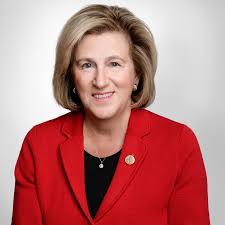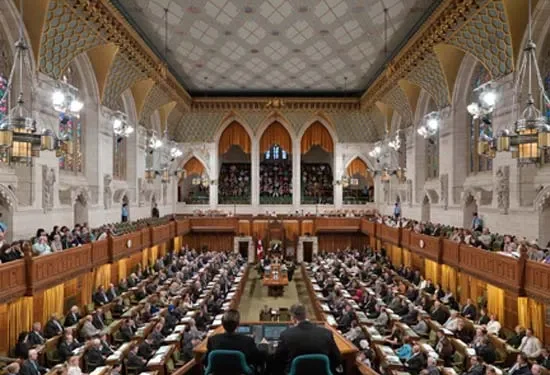Government policies in North America have long shaped the landscape for entrepreneurship. For Black founders, those policies can either open long-awaited doors or reinforce systemic barriers. The experiences of Black-owned startups in Canada and the United States reveal how state-backed programmes, regulations, and funding mechanisms directly influence growth opportunities.
A Patchwork of Policy Commitments
Both countries have launched initiatives designed to address racial inequities in business funding. Canada introduced the Black Entrepreneurship Program (BEP) in 2020, committing $265 million through a mix of government and private sector capital. In the U.S., federal and state-level efforts have ranged from the Small Business Administration’s Community Advantage loans to targeted funds for minority-owned enterprises.

Canadian officials emphasise that these programmes are not symbolic, but critical to ensuring inclusion.
“Black entrepreneurs drive innovation, create jobs, and make our communities stronger,” said Rechie Valdez, Secretary of State. “That’s why our government launched Canada’s first-ever Black Entrepreneurship Program, to level the playing field and ensure that Black business owners have the funding, mentorship, and resources they need to thrive.”
Yet, these policies often function as patchwork responses rather than comprehensive systems. While they create short-term access to credit and grants, the continuity of such programmes depends heavily on political leadership and shifting priorities. This volatility leaves many Black founders uncertain about whether funding pipelines will remain open beyond a single election cycle.
The Promise and Limits of Loan Funds
Loan programmes like Canada’s Black Entrepreneurship Loan Fund, managed by the FACE Coalition, offer up to $250,000 to eligible businesses. In the U.S., similar credit structures exist under the SBA. These initiatives have unlocked capital for entrepreneurs previously excluded from traditional banks, but they also come with challenges: complex application processes, limited awareness, and in some cases, slow disbursement timelines.

As Mary Ng, Canada’s Minister of International Trade and Small Business, explained:
“The Black Entrepreneurship Program… is helping Black business owners and entrepreneurs overcome barriers to capacity building and financing by providing them services co-developed and delivered by Black Canadians. More work needs to be done, but the program is demonstrating that these barriers can be overcome.”
For many founders, access is not just about loan approval but about navigating bureaucracies that still assume high risk when lending to Black-owned ventures. The policies reduce some barriers, but they do not always dismantle the perceptions embedded within financial systems.
The Politics of Visibility and Accountability
One of the most significant impacts of government policy is symbolic. When Ottawa or Washington launches a Black-focused programme, it signals legitimacy. It tells the market that Black entrepreneurs deserve intentional capital pathways. This visibility matters, but without rigorous measurement, accountability fades.

“In a healthy economy, everyone has an equal opportunity to participate and thrive,” noted Helena Jaczek, Canada’s Minister responsible for the Federal Economic Development Agency for Southern Ontario. “The additional challenges presented by the COVID-19 pandemic meant more barriers for businesses, particularly those who already face barriers. Our government’s strategic investments… will support Black-led organisations, and Black entrepreneurs and business owners create quality jobs and succeed.”
Critics, however, argue that many government-backed programmes are heavy on announcements and light on follow-through. Reporting on how many businesses receive funds, their growth outcomes, and the long-term sustainability of these ventures is often inconsistent. Without accountability, policy risks being reduced to optics rather than transformation.
Shaping the Future of Black-Owned Enterprises
For Black founders, the intersection of policy and business is not abstract. It defines whether they can scale beyond survival mode into competitive, growth-stage companies. Entrepreneurs like Tope Awotona, who bootstrapped Calendly before attracting investment, show what is possible when structural barriers are lowered. But most cannot sustain such long waits for capital access.

The trajectory of Black-owned startups in Canada and the U.S. will depend on whether policies evolve from short-term funding relief into long-term structural change. That means embedding equity in procurement contracts, diversifying government-backed investment committees, and ensuring private-sector partners stay committed after political cycles shift.
Towards Policy That Builds Legacy
The real test for Canadian and American governments lies in creating policies that do more than bridge gaps temporarily. For Black-owned startups, the promise combines receiving capital today with securing a pathway to scale, compete globally, and build generational wealth. Effective policies will be those that are resilient enough to withstand politics and intentional enough to correct centuries of exclusion.













